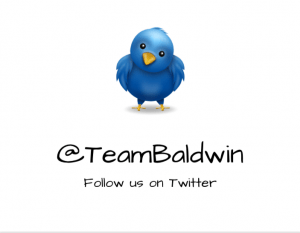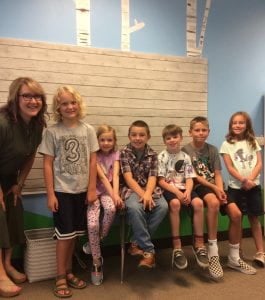Last fall, we watched news about possible evidence of water on Mars, and our curiosity about space began with a lot of questions! In January, we watched a BrainPOP video about space travel. We had a LOT of questions! During that time, we were learning about Culture and Story, but we kept wondering about space. Mrs. B helped us download a NASA app to our iPads. From that app, we could watch videos, look at photos, and read about some of the things NASA was doing. We were already learning a lot about the Mars Rover. It’s called “Curiosity.” Did you know there’s a Mars Rover app, too?
All the while we were interested in space, many really interesting things were happening!
- Commander Scott Kelly was on the International Space Station, and he was planning a return trip home after 340 days in space!
- The New Horizons space probe took photos of Pluto on its way through the solar system. We loved seeing those photos!
- We kept reading about how Curiosity took photos on Mars and about NASA scientists explaining the photos showing evidence of water that could have been on Mars.
- Some people at CalTech believe there is another really large planet at the edge of our solar system. They call it Planet Nine.
When we started Block 4 (How the World Works), we started thinking about space even more. We started with this statement:
Earth is a unique planet and part of the solar system.
We started asking questions about that statement and some of the things we already knew:
- What’s a solar system?
- What makes Earth unique from the other planets?
- What are the other planets in our solar system?
- How do the planets move?
- Why is Pluto not a planet anymore?
- What are asteroids? How are they together in a belt?
- What is the Kuiper Belt?
- Where does the ISS orbit?
We started investigating by watching videos, visiting the Space Foundation Discovery Center, using our NASA app, reading books about space, and searching on different websites to find some answers. These investigations helped us answer some questions, but mostly it helped us to ask even more questions!
Sometimes, we investigated together as a class. Sometimes, we investigated in small groups. When we follow our curiosity, we notice that we aren’t always interested in learning the same things that our classmates want to know. Every once in a while, we got to investigate on our own! Some of the things we investigated:
- What are the differences in asteroids, meteors, meteorites, and meteroids?
- What do satellites do?
- Why does the moon look like a circle sometimes, and other times it looks like a banana?
- Why do some asteroids move and some stay in the asteroid belt?
- Why did Scott Kelly grow two inches in space?
- What are different kinds of spacecraft?
- How many rovers have been on Mars? What are they supposed to do?
- How did scientists “discover” Planet Nine if they have never seen it?
- What is gravitational mass?
To help us learn more about what we learned, we did a lot of different activities! We chose to make models of planets. We built space station modules in Minecraft. Some of us built in a space mod called Galacticraft in Minecraft. We really liked being challenged to find the materials to go to the moon and Mars! We used chart paper and sticky notes to write some of the things we’ve learned in our investigations. We drew illustrations about what we learned and recorded voice narrations to explain what we created (some of these were on paper, and some were in our Seesaw app).
It was really great to be able to spend a lot of time on these investigations! We focused on space for about 14 weeks! Mrs. B wondered if we were getting bored with learning about space, but we weren’t! Every day, we came to school excited to talk about a PBS show we watched about Scott Kelly or to talk about how we watched the ISS fly over our homes when the sky was dark.
Some of the older kids in our class wrote blogs posts to share some of the things they learned:
Bodie’s Blog of Wonder
Nathan’s Blog of Wonder
Ryan’s Blog of Wonder
Zach’s Blog of Wonder
Also, we tweeted often about what we were learning. One day, a NASA engineer helped us learn, too! You can read this Storify of all our space tweets –
Curious About Space
We are very excited to present how we “went to space” at the ISTE conference this June. We will be sharing our poster session on Tuesday, June 28. If you’re attending ISTE, we hope you’ll come learn what we did!
 We update our Twitter account at least once a day with some of the really great things happening in our classroom and our school. You can follow us at www.twitter.com/TeamBaldwin.
We update our Twitter account at least once a day with some of the really great things happening in our classroom and our school. You can follow us at www.twitter.com/TeamBaldwin.